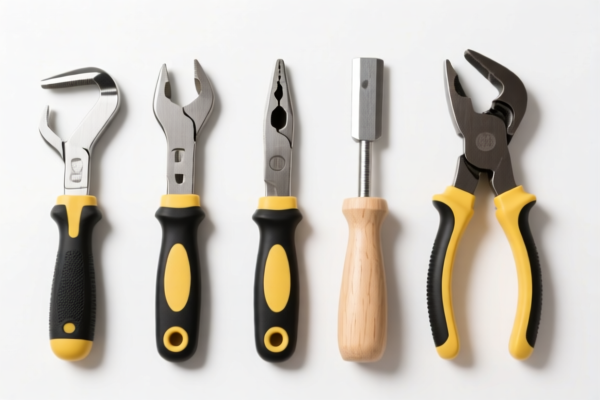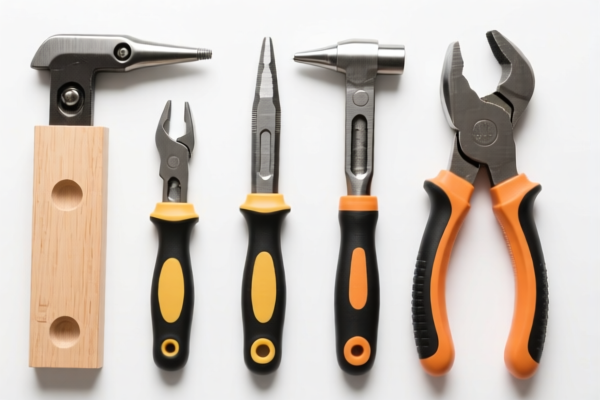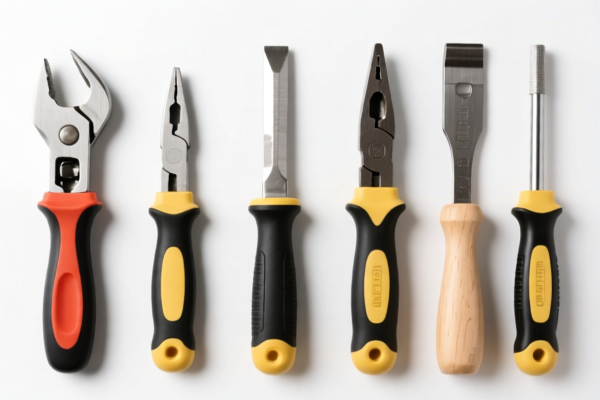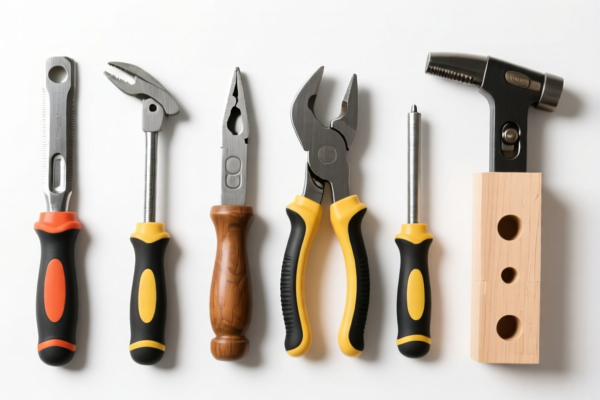| HS Code | Official Doc | Tariff Rate | Origin | Destination | Effective Date |
|---|---|---|---|---|---|
| 8208200060 | Doc | 55.0% | CN | US | 2025-05-12 |
| 8208200090 | Doc | 55.0% | CN | US | 2025-05-12 |
| 8211926000 | Doc | 41.9% | CN | US | 2025-05-12 |
| 8211929030 | Doc | 0.4¢ each + 6.1%+37.5% | CN | US | 2025-05-12 |
| 4602900000 | Doc | 58.5% | CN | US | 2025-05-12 |
| 4602193500 | Doc | 55.0% | CN | US | 2025-05-12 |




Woodworking Knife
A woodworking knife is a versatile hand tool used for shaping, carving, and refining wood. Unlike power tools, woodworking knives rely on manual force and control, allowing for precise and detailed work.
Material
Woodworking knives are typically made from high-carbon steel. This material provides a balance of hardness, toughness, and the ability to hold a sharp edge. The steel is often alloyed with other elements like vanadium or chromium to enhance these properties. Handles can be constructed from various materials including wood (often hardwoods like beech, rosewood, or maple), plastic, or composite materials.
Purpose
The primary purpose of a woodworking knife is to remove or shape wood. This is achieved through controlled cutting actions. Specific applications include:
- Roughing out shapes: Initial removal of large amounts of wood.
- Detail carving: Creating intricate designs and features.
- Smoothing surfaces: Refining wood after using other tools.
- Joinery: Preparing wood for precise joints.
- Greenwood working: Shaping unseasoned wood.
Function
Woodworking knives function by applying force to a hardened steel blade, shearing away wood fibers. The angle of the blade, the amount of force applied, and the direction of the cut all influence the result. Different knife designs are optimized for specific cutting actions:
- Push cuts: Force is applied away from the body, pushing the blade through the wood.
- Pull cuts: Force is applied towards the body, pulling the blade through the wood.
- Slicing cuts: A controlled, gliding motion to remove thin layers of wood.
- Chopping cuts: A more forceful action for removing larger amounts of wood.
Usage Scenarios
Woodworking knives are used in a wide range of woodworking applications, including:
- Carving: Sculpting decorative objects, figures, or furniture details.
- Furniture making: Shaping chair legs, creating dovetail joints, or refining edges.
- Woodturning: Shaping wood on a lathe (specialized knives are used for this).
- Boat building: Shaping frames, planks, and other structural components.
- Whittling: Creating small decorative objects or figures.
- Spoon carving: A specialized form of carving focused on creating spoons and other utensils.
Common Types
- Straight Knives: Versatile for general shaping and smoothing. Often used with a mallet.
- Carving Knives: Designed for detailed carving work, with various blade shapes for different tasks.
- Roughing Knives: Used for quickly removing large amounts of wood.
- Skew Knives: Used for smoothing and shaping curves.
- Hook Knives: Used for hollowing out curves and creating concave shapes.
- Sloyd Knives: A general-purpose carving knife popular in Scandinavian woodworking.
- Drawknives: Used for removing thin shavings of wood, often used for shaping chair legs or rungs.
- Spokeshaves: Used for shaping curves and refining wood, particularly for chair making.
Woodworking knives fall under several classifications depending on specific characteristics. Here's a breakdown of relevant HS codes based on the provided information:
- 8208.20.00.60: This HS code covers knives and cutting blades for machines or mechanical appliances, specifically those for woodworking and parts thereof, exceeding 15.2 cm in length, designed for wood-chipper machines. The total tax rate is 55.0%, comprised of a 0.0% base tariff and a 25.0%加征关税, increasing to 30.0% after April 2, 2025.
- 8208.20.00.90: This HS code also covers knives and cutting blades for machines or mechanical appliances, for woodworking and parts thereof, but includes “Other” types (including parts) not specifically exceeding 15.2 cm or for wood-chipper machines. The total tax rate is 55.0%, with a 0.0% base tariff and a 25.0%加征关税, rising to 30.0% after April 2, 2025.
- 8211.92.60.00: This HS code covers knives with cutting blades, serrated or not (including pruning knives), excluding those of heading 8208, and blades and other base metal parts thereof. Specifically, it applies to “Other” knives having fixed blades, such as hunting knives with wood handles. The total tax rate is 41.9%, consisting of a 4.4% base tariff and a 7.5%加征关税, increasing to 30.0% after April 2, 2025.
It is important to determine whether the woodworking knife is designed for use in a machine (8208.20.00.60 or 8208.20.00.90) or is a hand tool (8211.92.60.00). If the knife has a wood handle and a fixed blade, 8211.92.60.00 may be applicable.
Customer Reviews
No reviews yet.